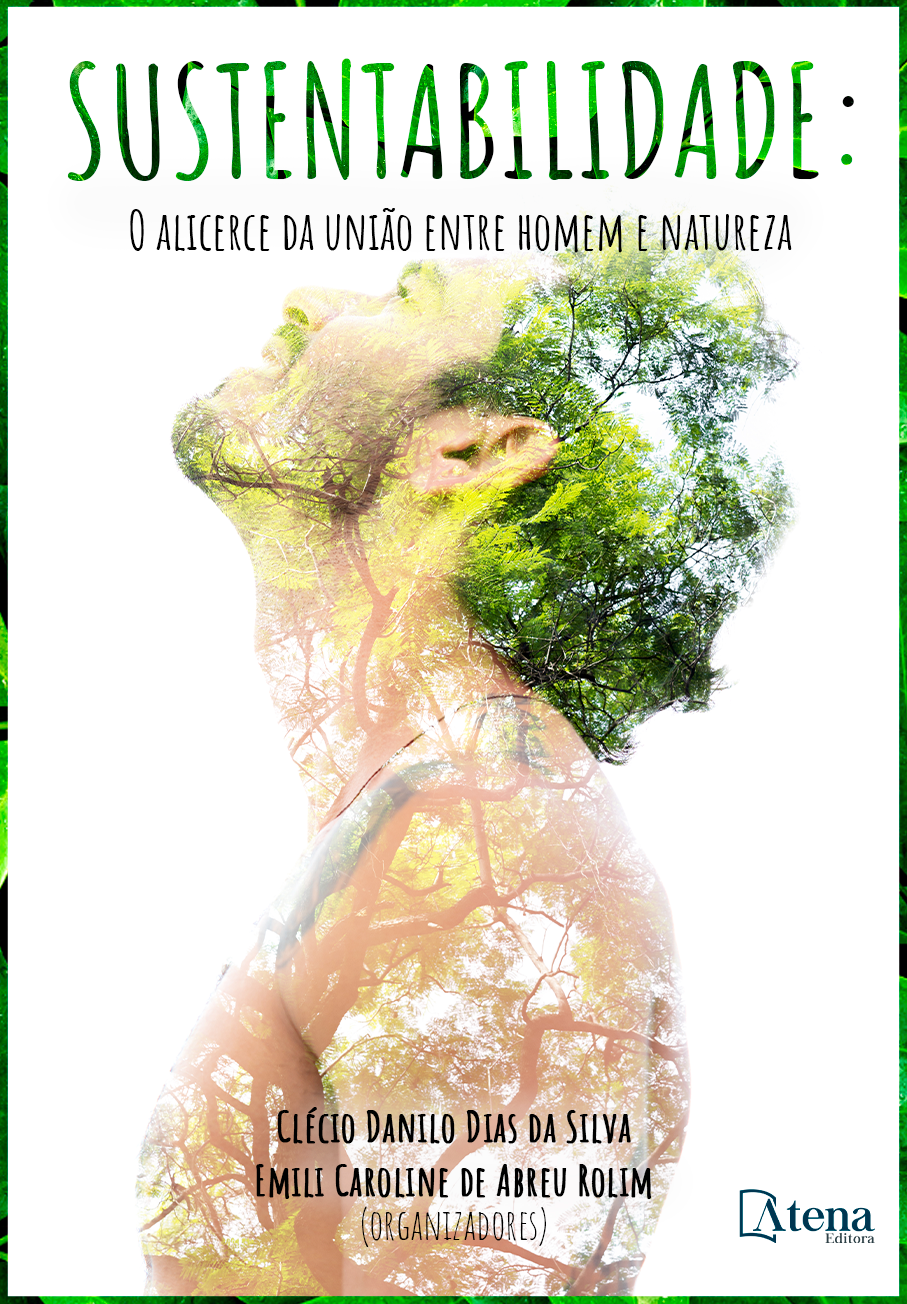
COMPOSIÇÃO FLORÍSTICA E ESTRUTURA HORIZONTAL DE UMA UNIDADE DE PRODUÇÃO ANUAL NA FLONA DE SARACÁ-TAQUERA, PARÁ
Para compreender a dinâmica de uma floresta é necessário conhecer a composição e a estrutura do estrato, o que auxilia no planejamento e fomento de atividades que promovam o uso sustentável. Deste modo, objetivou-se analisar a composição florística e a estrutura horizontal de uma Unidade de Produção Anual na Floresta Nacional de Saracá-Taquera, no estado do Pará. Para isso, utilizou-se a base de dados de um inventário florestal disponível no site do Serviço Florestal Brasileiro. A área de estudo é a Unidade de Produção Anual 05 localizada na Floresta Nacional de Saracá-Taquera, Pará, com 977,96 hectares. A análise dos dados foi realizada com o auxílio do software Microsoft Office Excel para adquirir informações sobre a densidade absoluta (n. ha-1) e relativa (%), área basal (m². ha-1), dominância absoluta (m². há-1) e relativa (%), frequência relativa (%) e índice de valor de importância (IVI). De acordo com os resultados, há ocorrência de 47 espécies distribuídas entre 17 famílias, dentre estas, a Sapotaceae destacou-se como a família mais predominante, seguida da Fabaceae e Lecythidaceae. As famílias com maior IVI foram a Sapotaceae (95,68%), Fabaceae (42,68%), Lecythidaceae (16,88%), Lauraceae (12,38%) e Humiriceae (11,06%) mostrando sua importância em área de terra firme. Portanto, conhecer a composição florística e a estrutura horizontal desta comunidade florestal viabiliza melhor decisão no planejamento do manejo florestal sustentável.
COMPOSIÇÃO FLORÍSTICA E ESTRUTURA HORIZONTAL DE UMA UNIDADE DE PRODUÇÃO ANUAL NA FLONA DE SARACÁ-TAQUERA, PARÁ
-
DOI: 10.22533/at.ed.1182125062
-
Palavras-chave: Manejo florestal sustentável. Floresta tropical. Biodiversidade. Amazônia
-
Keywords: Sustainable forest management. Tropical forest. Biodiversity. Amazon.
-
Abstract:
To understand the dynamics of a forest, it is necessary to know the composition and structure of the stratum, thereby assisting in the planning and promotion of activities that promote sustainable use. In this way, the objective was to analyze the floristic composition and the horizontal structure of an Annual Production Unit in the National Forest of Saracá-Taquera, in the state of Pará. For that, we used the database of a forest inventory available on the website of the Brazilian Forest Service. The study area is the Annual Production Unit 05 located in the National Forest of Saracá-Taquera, Pará, with 977.96 hectares. Data analysis was performed with the aid of Microsoft Office Excel software to acquire information on the absolute (n. ha-1) and relative (%) density, basal area (m². ha-1), absolute dominance (m². ha-1) and relative (%), relative frequency (%) and importance value index (IVI). According to the results, there are 47 species distributed among 17 families, among which, Sapotaceae stood out as the most prevalent family, followed by Fabaceae and Lecythidaceae. The families with the highest IVI were Sapotaceae (95.68%), Fabaceae (42.68%), Lecythidaceae (16.88%), Lauraceae (12.38%) and Humiriceae (11.06%) showing their importance in dry land area. Therefore, knowing the floristic composition and the horizontal structure of this forest community enables a better decision in the planning of sustainable forest management.
-
Número de páginas: 8
- Líbina Costa Santas
- Lídia da Silva Amaral
- Rayane de Castro Nunes
- Washington Duarte Silva da Silva
- Nívea Maria Mafra Rodrigues
- Denyse Cássia de Maria Sales
- Maria Joseane Marques de Lima


